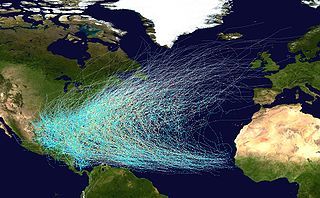From Guest Blogger Tom Grant: Wind and Water — A Deadly Hurricane Sandy Combination for Your Home

Storm Surge
For people living close to the shore, the most significant threat to their properties from a storm usually comes in the form of a storm surge. A storm surge raises the water level along the coast significantly, thus exposing homes to powerful ocean waves. When combined with a normally occurring tide, a storm surge (or storm tide) can be a particularly lethal force that spreads along hundreds of miles of coastline. Homes exposed to a storm surge often suffer significant damage, and many are destroyed outright. Storm surges don’t just threaten properties located directly along the coast either, as they can move far inland and also effect properties along estuaries and rivers.
Wind
Storms and hurricanes are categorized based on their wind speeds, and winds can create the most widespread form of property damage. While storm surges primarily affect those living close to the coast, winds can move far inland. These strong winds not only have the potential of ripping off roof shingles and other materials from your home, but can also cause particularly devastating damage through flying debris. Storm winds will pick up any form of loose debris, such as trees, billboards, and fence posts, and turn them into flying missiles. When this debris hits your property at high speeds, it can cause massive damage.
Flooding
Flooding differs from a storm surge in that it can happen both far inland and be caused by heavy rainfall. Furthermore, swift moving floods, just like high winds, tend to carry massive amounts of debris. Anything that flood waters come across, even cars and entire homes, can be swept up and turned into a potential source of damage to your property. A mass of debris carried by flood waters can be as powerful as a freight train, and, especially when combined with other forms of wind and water damage, can be particularly destructive.
Storms and hurricanes are a lethal force capable of unleashing widespread destruction to properties. Whether from a powerful storm surge, high winds, or dangerous flooding, these storms combine the forces of both wind and water and wreak havoc on properties both along the coast and far inland. While your first priority in these storms is always to make sure you and your loved ones are safe, you will also want to protect your property, and the first step to doing so is to know how a strong storm can damage your home.
Tom Grant is a meterologist. He frequently shares his weather findings on family blogs.
